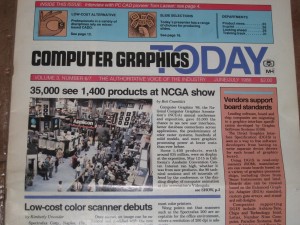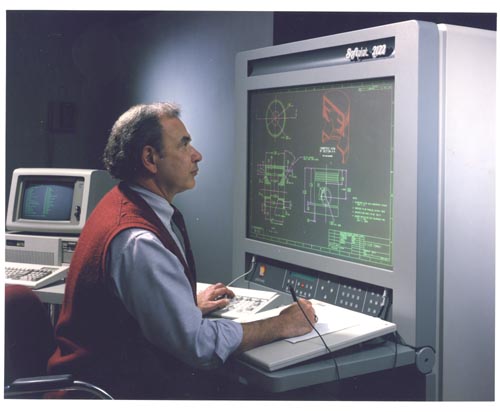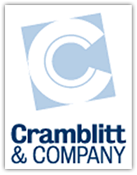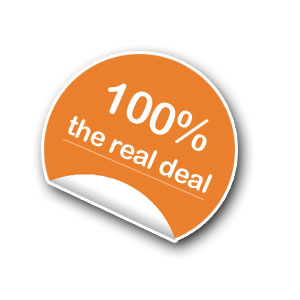Anaheim brought back memories.
I was there two weeks ago to write about SIGGRAPH 2013 for Develop3D, but my mind drifted back more than a quarter of a century.
My memories are of computer graphics shows — first the National Computer Graphics Association (NCGA) in the late 1980s and 1990, then Siggraph in 1987 and 1993.
My first show in Anaheim was NCGA ’86, attended by 35,000 people with nearly 300 exhibitors taking up every bit of space in the convention center, then one of the largest in America.
“West End Girls” by the Pet Shop Boys was sitting on top of the Billboard charts, “Top Gun” with Tom Cruise would be released later that week and become the world’s number-one movie of 1986, and a standalone CAD station from Computervision cost $65,000.
Not yet ready for prime time
I was editor-in-chief of a tabloid called Computer Graphics Today that year and the CAD products I was writing about were from companies such as Intergraph, Applicon, SDRC, PC Productivity Systems, MCS, Tasvir and Cordata. Autodesk was around and held 41-percent of the PC CAD market, but AutoCAD was considered not suitable for serious design and engineering work.
One of the more unique products at NCGA ’86 was Softplot 2122 (forward thinking!) by Greyhawk Systems. As I reported at the time, it “displays a full-color D-size drawing with the image quality of a pen plotter and the speed of an electrostatic printer.” Basically, it was a big-ass 400-dpi display. Price: $46,176. In the same issue was a new HP laser printer that output eight pages a minute in 300-dpi resolution for $4,995.
From industry to critical tools
Computer graphics was considered an industry then, although folks such as the late Carl Machover were already predicting that these products would soon become everyday tools. Proprietary systems ruled and information exchange was problematic, as exchange standards such as IGES were still in their infancy. Solid modeling was relatively new; images were flat and without shading. Even on the fastest systems, a rotating 3D image looked like a spastic robot dance.
NCGA ’86 and Siggraph ’87 the following year in Anaheim were in many ways the apex of computer graphics as an industry, with attendance and exhibitors decreasing in subsequent years. As computer graphics technologies progressed through the 1990s, they migrated from the hands of specialists to the desktops of design and engineering professionals of every type.
Nostalgia need not apply
While there are many things one can be nostalgic about, the state of computer graphics is not one of them. Where we might not see progress measured in large leaps like in the early 80s, there is a steady, inexorable march toward better, cheaper and faster. The net result, when measured over time, is astounding.
###
For the curious, here are my blog postings from SIGGRAPH 2013:
http://www.develop3d.com/blog/2013/07/siggraph-2013-3-immersive-heads-to-the-mainstream
http://www.develop3d.com/blog/2013/07/siggraph-2013-5-rendering-star-power

The Greyhawk Systems Softplot 2122



 There are two types of companies: those who care about the quality of their content and those who simply follow a PR or communications template.
There are two types of companies: those who care about the quality of their content and those who simply follow a PR or communications template. Authentic doesn’t necessarily cleave to history, of course. Something new can be authentic. That’s what I think about
Authentic doesn’t necessarily cleave to history, of course. Something new can be authentic. That’s what I think about 

